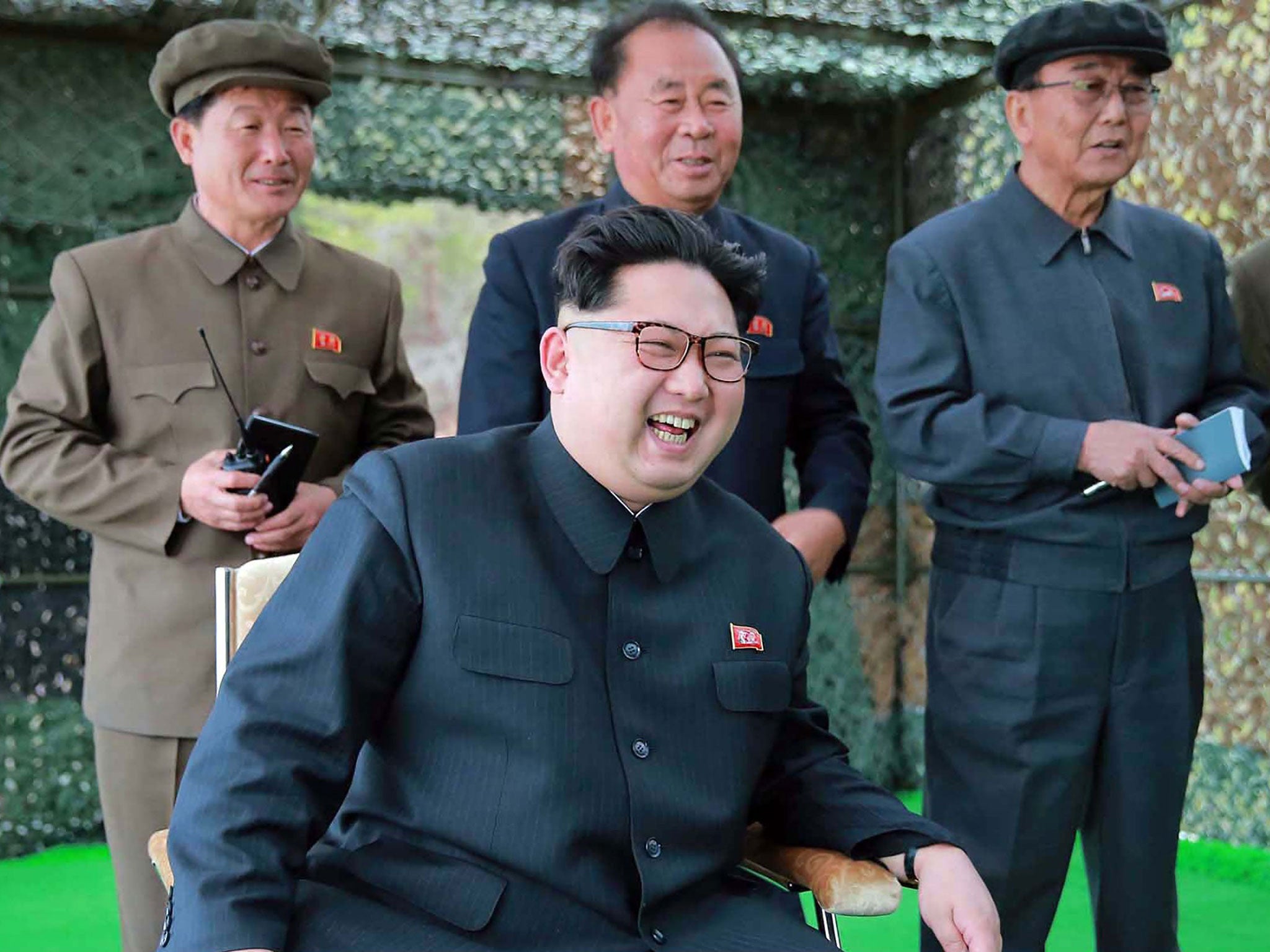North Korea accidentally makes government websites available to the world
The huge interest in the sites has led the North Korean internet to break down

Your support helps us to tell the story
From reproductive rights to climate change to Big Tech, The Independent is on the ground when the story is developing. Whether it's investigating the financials of Elon Musk's pro-Trump PAC or producing our latest documentary, 'The A Word', which shines a light on the American women fighting for reproductive rights, we know how important it is to parse out the facts from the messaging.
At such a critical moment in US history, we need reporters on the ground. Your donation allows us to keep sending journalists to speak to both sides of the story.
The Independent is trusted by Americans across the entire political spectrum. And unlike many other quality news outlets, we choose not to lock Americans out of our reporting and analysis with paywalls. We believe quality journalism should be available to everyone, paid for by those who can afford it.
Your support makes all the difference.North Korea has accidentally made all of its propaganda websites available to the world, giving an unprecedented look at the way the country is run.
And now the huge demand to actually look at it – after the list was posted on Reddit and elsewhere – has led the North Korean internet to break down.
The country usually limits access to its internal websites to people in its country, and using its own internet networks. But all of the 28 .kp domains have accidentally been made available for everyone, letting foreigners look at the way the country is run.
Likewise, people within North Korea can’t usually access websites outside of the Hermit Kingdom, either. So the 28 government websites make up almost everything that its citizens can see, and are for many the primary way of learning about the world.
That world largely revolves around leader Kim Jong-un, as might be expected. Two of the websites have their top story about his visit to a fruit farm, and one even includes a special section that details the “Supreme Leader’s Activities”.
Much of the rest of the website deals with South Korea, which is viewed with contempt. News website Rodong carries an opinion piece about how the president of South Korea, Park Geun Hye, “Will Be Made to Pay Dearly for her Crimes against DPRK”, according to the title.
The news pieces largely serve to back up one or the other of those lines. Rodong Sinmum, for instance, reports both that Kim Jong-un has sent “birthday spreads to veteran scholars”, and that drug crime is rising in South Korea.
But the primary discovery of the find was just how few websites there actually are. Even though North Korea’s internet was thought to be primitive, that it has only 28 websites came as a surprise to many.
Many of them aren't even useful at all. The national airline and a selection of government bodies are represented, alongside newspapers and other media organisations, but many of the sites are just related to the network itself or internet service providers.
The newly-opened websites were discovered by a piece of code that checks for updates to specific websites. It appears that someone in North Korea accidentally flipped a switch that made the pages available to view everywhere.
They were then posted on Github, the code sharing website, for all to see.
“On Sept 20, 2016 at approximately 10:00PM, one of North Korea’s top level nameservers was accidentally configured to allow global DNS zone transfers. This allows anyone who performs an AXFR (zone transfer) request to the country’s ns2.kptc.kp nameserver can get a copy of the nation’s top level DNS data … This data gives us a better picture of North Korea’s domains and top level DNS.”
But the discovery doesn’t open up the most secret and important bit of North Korea’s tech – its internal intranet. That isn’t accessible from the internet at all.
Join our commenting forum
Join thought-provoking conversations, follow other Independent readers and see their replies
Comments